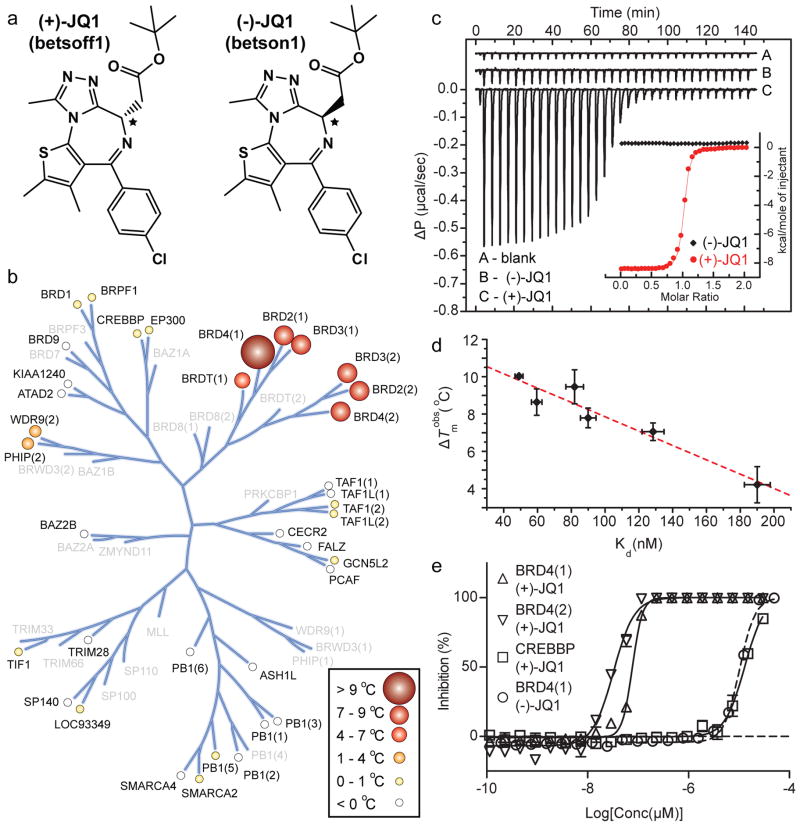
Two research teams have utilized AI to find ways to assist crop plants in recognizing and defending against a broader spectrum of bacterial threats. The groups, one directed by Gitta Coaker at the University of California, Davis, and the other by Cyril Zipfel at the University of Zurich, integrated the protein-prediction AI AlphaFold with natural variations to enhance crop plants’ detection of bacterial invaders.
One of the primary challenges that farmers face is disease. Annually, ailments like bacterial wilt and crown gall disease result in the loss of 13–30% of yields. The soil-borne pathogens that cause these diseases infiltrate plants through their roots and any existing wounds.
Conventional approaches to manage these issues include chemical treatments and crop rotation to reduce their spread. However, targeting bacteria is challenging since they can rapidly develop resistance to chemical solutions. This is largely attributed to their significant genetic diversity, continually evolving in order to evade the chemical agents intended to eliminate them. Consequently, groups such as Coaker’s and Zipfel’s are concentrating on enhancing the genetic variation of staple crops, enabling them to compete in this ongoing evolutionary battle.
The two teams concentrated on the immune receptor FLS2, a complex situated in the plasma membrane of plant cells. This receptor is capable of detecting flagellin (flg22), the structural protein that constitutes the flagella that bacteria utilize for movement. One end of the flg22 protein binds to FLS2, which subsequently recruits the co-factor BAK1. This trio of proteins activates a phosphorylation signaling cascade that commences the plant’s immune response. It is these two binding interactions that the teams aimed to modify.
To determine necessary alterations at the binding sites, the teams initially examined the binding behavior within the FLS2–flg22–BAK1 complex in non-crop plants known for their immunity to pathogens, such as wild grapevine. ‘Wild plant species exhibit greater genetic diversity than [the agricultural species] consumed, as humans have selectively bred them over millennia to possess specific traits,’ Coaker clarifies. ‘As a result, they often lose the ability to recognize specific pathogens.’
The two teams aspire to reinstate this immunity in crops. Utilizing AlphaFold3, they compared the binding interactions of the FLS2–flg22–BAK1 complex between both target crop species and their wild counterparts. Through this comparison, they identified regions where amino acid sequences differ, which are responsible for granting the enhanced immune response to the wild species. These models are expected to provide crucial guidelines for future precision engineering of immune receptors aimed at creating more robust, disease-resistant crops.
While this signifies a groundbreaking advancement in agricultural science, scientists like Jeff Dangl at the University of North Carolina, Chapel Hill, warn that this is not a definitive solution. ‘Immunologists globally agree that there are no magic bullets … these are co-evolving systems. Unless you can identify a ligand that remains mutation-proof, the ligand will indeed mutate,’ he states. This implies that if this immune mechanism were engineered into crop plants, new receptors would periodically need to be developed to keep pace with evolving bacteria.
In the interim, both Zipfel and Coaker’s laboratories are striving to implement these immune system advancements in crops. Coaker’s lab is exploring gene editing to reactivate this immune response while also attempting to naturally breed in this resistance. The teams are also aiming to simplify the process, with Zipfel’s research indicating that equivalent outcomes may be achieved with fewer base pair modifications.